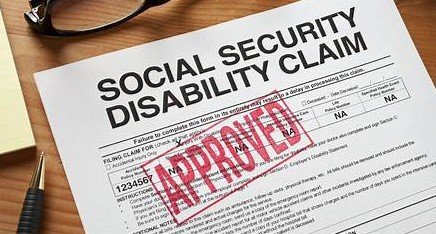
Case Studies
Our clinical experts are putting the pieces together.
Case Study 1: Long COVID interventions prevent extended hypoxic brain damage and permanent disability.
Worker was exposed to COVID-19 at work and was diagnosed with the virus 5 days later. She experienced a mild cough with runny nose that did not interfere with her activities of daily living at home and she returned to work on day 10 post infection. 3 weeks later, the worker experienced shortness of breath, fatigue and brain fog. An emergency room visit found that her labs and a chest Xray were normal, so she was discharged to home. The symptoms worsened over the next six months as the worker progressively became less functional or able to work. Symptoms included headache, loss of balance, impaired gate, insomnia, depression and anxiety.
Upon review of the case, our Long COVID expert engaged a provider experienced in treating long COVID; a wearable pulse oximeter to monitor heart rate and oxygen levels that documented an erratic cardiac rhythm and significant extended drops in oxygen levels of 30+ minutes with significant risk of brain damage and neuronal death; a COVID specific respiratory muscle training program; physical therapy for strengthening and endurance; a sleep study that revealed significant sleep apnea, another risk for brain damage and neuronal death; education on healthy lifestyle, nutrition, stress management, hydration and sleep hygiene.
Within 1 week, the worker exhibited significant improvement in brain fog, fatigue, shortness of breath, depression and anxiety, regaining enough strength and function to cook and drive. Within 6 weeks, the worker was able to tolerate a modified return to work.
Case Study 2: Medical errors discovered for baby with Long COVID
18-month-old boy with complex chronic conditions since birth requiring multiple hospitalizations and feeding tubes. Mother had COVID-19 at week 7 of the pregnancy and continues to struggle with Long COVID. Additionally, she reports that the household had COVID-19 about 6 months ago. Mother requested a case review due to concerns that her child’s life was in peril. Complete medical history reviewed, Baby appears to have symptoms of neurological and gastrointestinal complications associated with Long COVID, which the medical team treating him seemed unfamiliar with.
Medical records, labs and test results reviewed and education about diagnostic test and medical conditions completed. Drug interactions and adverse reactions identified that were contributing to some of the medical complications. Evidence based research articles and a comprehensive list of questions provided for mother to present to the medical team. Mother stated “The nurse validated what we are going through and reassured me that I am a good mom and doing the right things. I don’t know where we would be without her help!”
Case Study 3: Social Security Application Approved
Individual experiencing severe Long COVID complications requested assistance after being denied for social security disability 3 times. PMV Nurse reviewed the medical records and identified gaps in documentation of the disabling health issues due to an apparent lack of Long COVID knowledge on behalf of the primary care provider. Nurse coordinated a medical evaluation, functional capacity evaluation, and neurocognitive evaluation to validate the level of disability. Upon completion of the evaluations, Nurse coordinated legal representation to assist with appeal. Application approved after 6 weeks.
Case Study 4: Lifesaving intervention corrects inappropriate medical care.
A sanitation worker slipped of the back of a garbage truck that was moving at about 10 miles per hour. The fall resulted in scratches on his face and a broken tooth. He was seen the same day in an occupational medicine clinic and prescribed an antibiotic prophylactically to ensure that germs from the garbage he was handling did not cause an infection. Approximately 48 hours later, the worker developed a rash on most of his body. He went to an emergency room but left before he was seen after 4 hours waiting room.
Worker declined to return to the emergency room as he had a follow up appointment scheduled with the Occupational Medicine clinic in 3 days. The worker’s condition worsened, and the rash spread to his mouth, eyes and intestinal tract. Unable to eat or drink, he was admitted to a level 4 hospital with limited resources, compared to a Level 1 trauma center. The assigned nurse visited him in the hospital the next day to find that his rash was developing into ulcers internally and externally. The hospital had him on solid foods with no IV fluids and did not have a clear diagnosis or treatment plan.
Our experts were engaged to assist with the claim. Interventions included contacting the hospital and requesting liquid diet and IV fluids, setting up consultations with the Mayo Clinic and an infectious disease doctor who determined the worker was experiencing a rare condition called Steven Johnson’s syndrome, a rare and unpredictable reaction to the antibiotics with a survival rate of less than 10% for his age and condition if not treated immediately and properly. Of note, when this condition is treated properly, the results are immediate.
Upon confirmation of the diagnosis, our experts contact the hospital to advise the treating physician of the findings and coordinated an air lift transfer to a Level 1 trauma center burn unit. Within 24 hours the worker responded well to the life-saving treatment at the trauma center and was discharged home in 36 hours.




